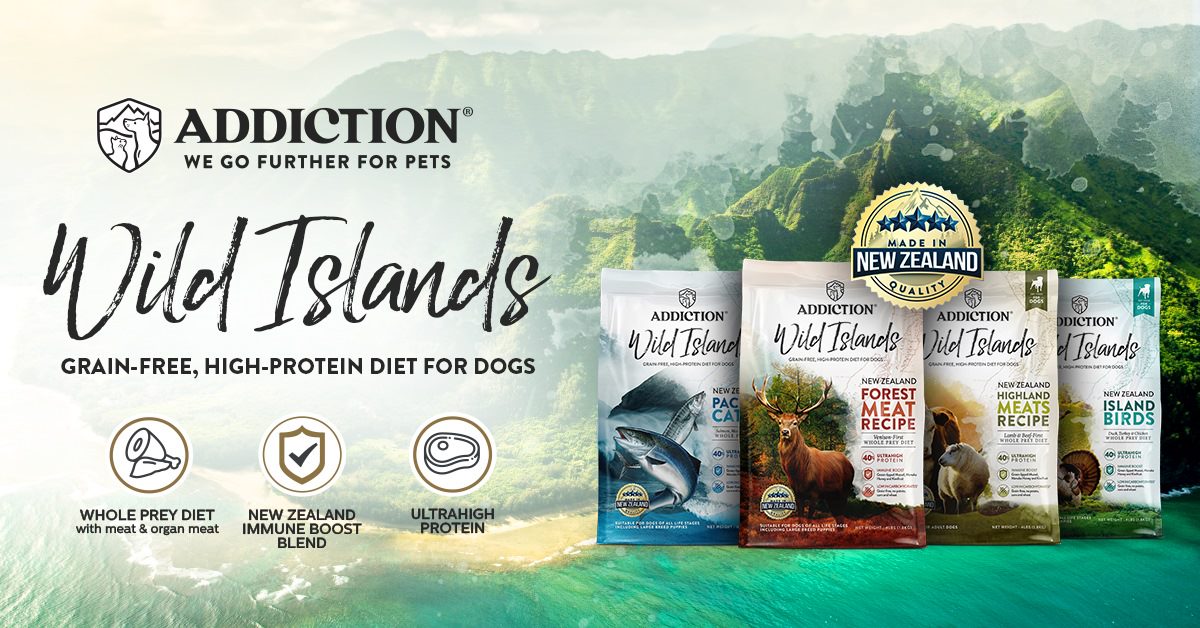Everything About Cat Litters

With many different types of cat litters out there, it’s no wonder why cat owners end up using cat litter that their furballs hate which results in dealing with possible inappropriate elimination if it is not corrected immediately.
Cats are such fussy creatures! They face all sorts of issues with their litter box– from the size to location to the type (covered/uncovered/automatic). The cleanliness of the box and type of litter used as well. Making sure that you meet your pet’s expectations regarding his litter box is one way to prevent potty accidents. Read on to learn how to choose the best cat litter.
Types of litter most cats prefer
Did you know that even if cats have individual preferences when it comes to the types of litter in their litter boxes, they tend to share some universal preferences? Here are two important factors that can say a lot about cats and their litter preferences:
- Size of litter particles — Cats tends to favor litter material made of fine particles, as opposed to pellet and crystal-type litters. The fine particles make it easier for cats to bury their waste and is softer on the paws of cats. The logic applies because why should you walk barefoot on a rough surface when you can do it on a soft, sandy one? The bottom line is– cats tend to prefer litter made up of fine, clumping litter.
- Odor — With their extreme sensitivity to smell, cats tend to prefer unscented litter material over scented ones. Even if you prefer a litter with a certain scent, what you buy will ultimately depend on your cat’s preferences and not yours.
Factors to consider when choosing cat litter types
Once you have your cat’s potential preferences in mind — unscented, fine particle, and clumping variety– here are some factors that cat parents also look for when choosing cat litter.
- Excellent odor-absorbing quality — Some litter materials are better at absorbing poop or pee odor than others.
- Fast and hard clumping — The litter material should be quick to form clumps upon contact with moisture. This makes it easier to scoop up the clumps and keep the litter box clean. Clumping litter minimizes the possibility of urine-soaked litter sticking to a cat’s paws or tail.
- Low dust — Using this type of litter means lesser dust on your floor and all surfaces. There is also a lesser possibility of pets inside your home inhaling the dust which means keeping their lungs clean. This is especially important if any member of the household — humans or pets– is asthmatic.
- Low-tracking — Ideally, the litter should stay in the litter box and not get carried by your cat’s paws around the home. If you cannot find any low-track litter, you can always get a good quality anti-tracking cat litter mat.
Cat Litter Types — Pros and Cons
1. Clay Litter
It has a sandy texture but is a lot more absorbent than ordinary sand.
| Pros
| Cons
|
| Cheap — Often the cheapest among the various types of cat litter
| Dusty — This property is brought about by silica dust which is a known carcinogen when inhaled.
|
| Tracking – Easily sticks to the paws of cats
| |
| Non-flushable — flushing it down the toilet drain can wreak havoc on the plumbing system
| |
| Heavy — clay litter is at least twice its weight when it’s mixed with urine and poop
| |
| Poor moisture absorption and odor-suppression thus, it needs to be replaced often
| |
| Non-environmentally friendly
|
2. Clumping Clay Litter
Clumping clay litter composed of bentonite (sodium bentonite or calcium bentonite) clay and traditional clay litter. Bentonite has excellent moisture-absorbing properties. It can expand as much as 15 times its original volume and form clumps.
| Pros
| Cons
|
| Easy to scoop – This makes daily litter box maintenance easier because you can easily scoop up the clumps of waste and dispose of them properly.
| Potentially dangerous – Bentonite dust can swell inside the cat’s body when inhaled or consumed.
|
| Economical – The same quantity of clumping clay litter generally lasts longer compared to traditional clay litter.
| Dusty – Silica dust in clay litters can potentially cause cancer when inhaled.
|
| Better odor control -this is due to the ease of regular scooping of clumps.
| Tracking – Easily sticks to the paws of cats
|
| Non-flushable — flushing it down the toilet drain can wreak havoc on the plumbing system
| |
| Heavy — clay litter is at least twice its weight when it’s mixed with urine and poop
| |
| Non-environmentally friendly
|
3. Silica Gel or Crystal Cat Litter
This is often known as “crystal litter”. Silica gel litter is made of granules of sodium silicate. It is the same material that you can find in little packets that come with new shoes and vitamin bottles.
| Pros
| Cons
|
| Great absorbency
| Some cats do not accept silica gel litter
|
| Economical – — a small bag of silica gel litter can last a month for a single cat.
| Requires more cleaning as urine pools at the bottom of the litter box.
|
| Minimal or no dust
| Tracking- for cats that love to dig, it will cause the silica to be messy.
|
| The edges of the beads can be sharp and can be painful when you or your cat step on it.
|
4. Pelleted Biodegradable Cat Litter
(Paper / Pine Cat Litter)
Pelleted litter is usually made of wood, recycled newspaper, or sawdust. The most common types are paper litter and pine litter.
| Pros
| Cons
|
| Great absorbency
| Cats tend to reject it because they dislike the feel of the pellets on their paws.
|
| Minimal or no dust
| |
| Environment-friendly
| |
| Easily disposable — the pellets can be composted for use in lawns and flower gardens (but NOT in vegetable gardens)
| |
| Non-tracking
|
5. Granular Biodegradable Cat Litter or Soya Cat Litter
This type of cat litter, especially soya cat litter, is by far the most popular among the bunch. It can be made up of various ingredients-soya, wheat, corn, barley, pine, etc. The materials are usually by-products of wood processing industries, human and animal food, and other materials that might otherwise be considered as waste. Its great clumping ability is brought about the starch or cellulose components of the materials. Natural enzymes and proteins in the litter can also help in odor control.
| Pros
| Cons
|
| Environmentally friendly — it’s biodegradable and made from renewable resources.
| It’s less superior in capturing odors compared to clumping clay litters. There is a need to scoop at least twice daily to ensure proper odor control.
|
| Easy to dispose of – flushable in small amounts
| Some people find the natural odor of the granules particularly offensive.
|
| Lighter compared to traditional clay litters
| |
| Long-lasting — a bag of granular biodegradable litter can last twice as long as a bag of clay litter of the same size.
| |
| Less tracking compared to traditional clay litters
|
Cat litter boxes are also an important factor to consider in helping your cats to eliminate correctly.








